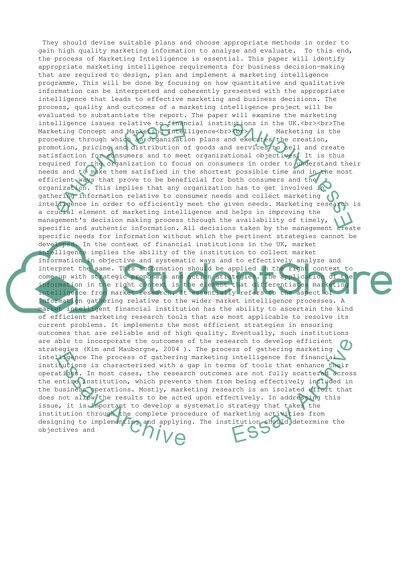Cite this document
(“Marketing Intelligence Report Essay Example | Topics and Well Written Essays - 2500 words”, n.d.)
Retrieved from https://studentshare.org/business/1394565-marketing-intelligence-report
Retrieved from https://studentshare.org/business/1394565-marketing-intelligence-report
(Marketing Intelligence Report Essay Example | Topics and Well Written Essays - 2500 Words)
https://studentshare.org/business/1394565-marketing-intelligence-report.
https://studentshare.org/business/1394565-marketing-intelligence-report.
“Marketing Intelligence Report Essay Example | Topics and Well Written Essays - 2500 Words”, n.d. https://studentshare.org/business/1394565-marketing-intelligence-report.


